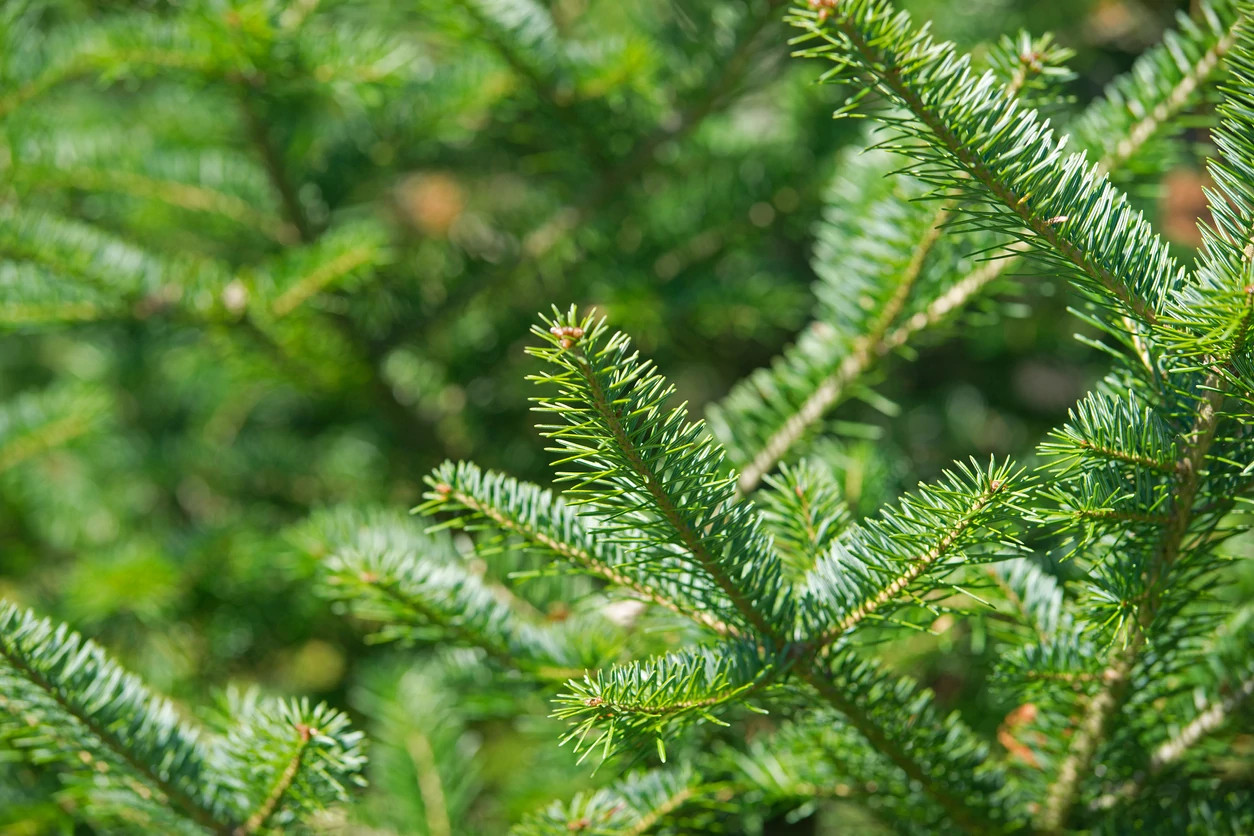Contact: Teague Prichard, DNR State Lands Specialist
Teague.Prichard@wisconsin.gov or 608-669-8290
Harvest Your Holiday Tree In A Northern State Forest
 Balsam firs, known for their beautiful fragrance and dark green needles, are among the most sought-after species in the northern state forests.
Photo credit: iStock/BWFolsom
Balsam firs, known for their beautiful fragrance and dark green needles, are among the most sought-after species in the northern state forests.
Photo credit: iStock/BWFolsom
MADISON, Wis. – The Wisconsin Department of Natural Resources (DNR) reminds Wisconsinites that they can harvest a holiday tree from a northern state forest.
Trees are available to be cut down in the Black River, Brule River, Flambeau River, Governor Earl Peshtigo River, Governor Knowles and Northern Highland-American Legion State Forests.
Balsam firs, known for their beautiful fragrance and dark green needles, are among the most sought-after species in the northern state forests. Various types of pines also find their way home with visitors.
People can get permits onsite at each property's headquarters. The price may vary slightly from property to property, but the average cost is $5 per tree. Fresh evergreen boughs may also be harvested with a non-commercial forest products permit.
Holiday tree cutting is not offered at state parks, southern state forests and other DNR properties. However, many county forests allow non-commercial harvest of holiday trees, as does the Chequamegon-Nicolet National Forest. Contact the property where you’d like to cut a holiday tree before venturing out so you’re aware of harvesting guidelines.
"We know people enjoy our northern state forests throughout the year, and the opportunity to find that special holiday tree or bring home some fresh-scented evergreen boughs provides another great reason to visit these properties," said Teague Prichard, DNR State Lands Specialist. “We’re pleased to welcome people who want to make the northern state forests part of their holiday tradition.”
Before heading into the woods with a saw and permit in hand, the DNR reminds visitors that harvesting is prohibited within 100 feet or visual distance of roads, trails and water and there is no harvesting from campgrounds or day use areas. Trees must be cut at ground level with a maximum height of 30 feet and the trees taken from state forests cannot be resold.
Check the spongy moth quarantine map maintained by the Wisconsin Department of Agriculture, Trade and Consumer Protection to ensure you don’t transport your tree out of the quarantined area.

